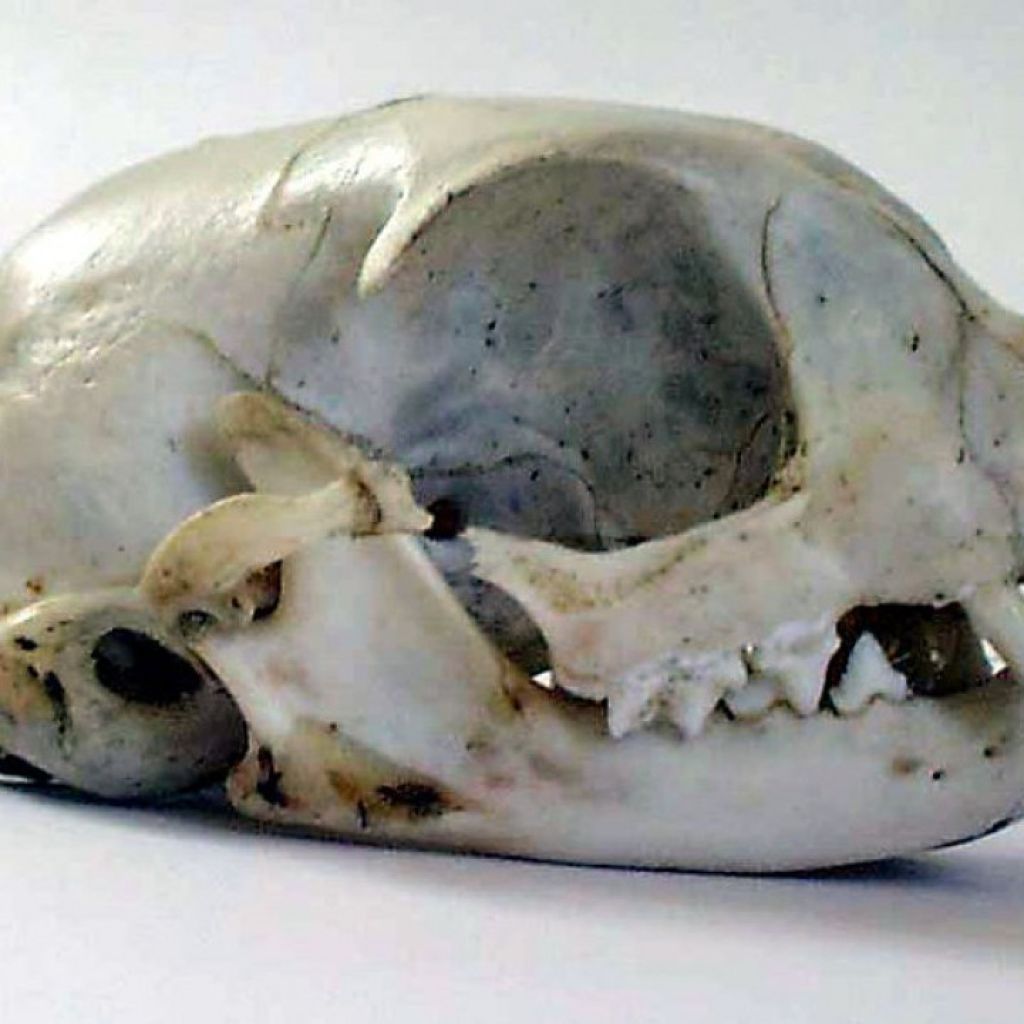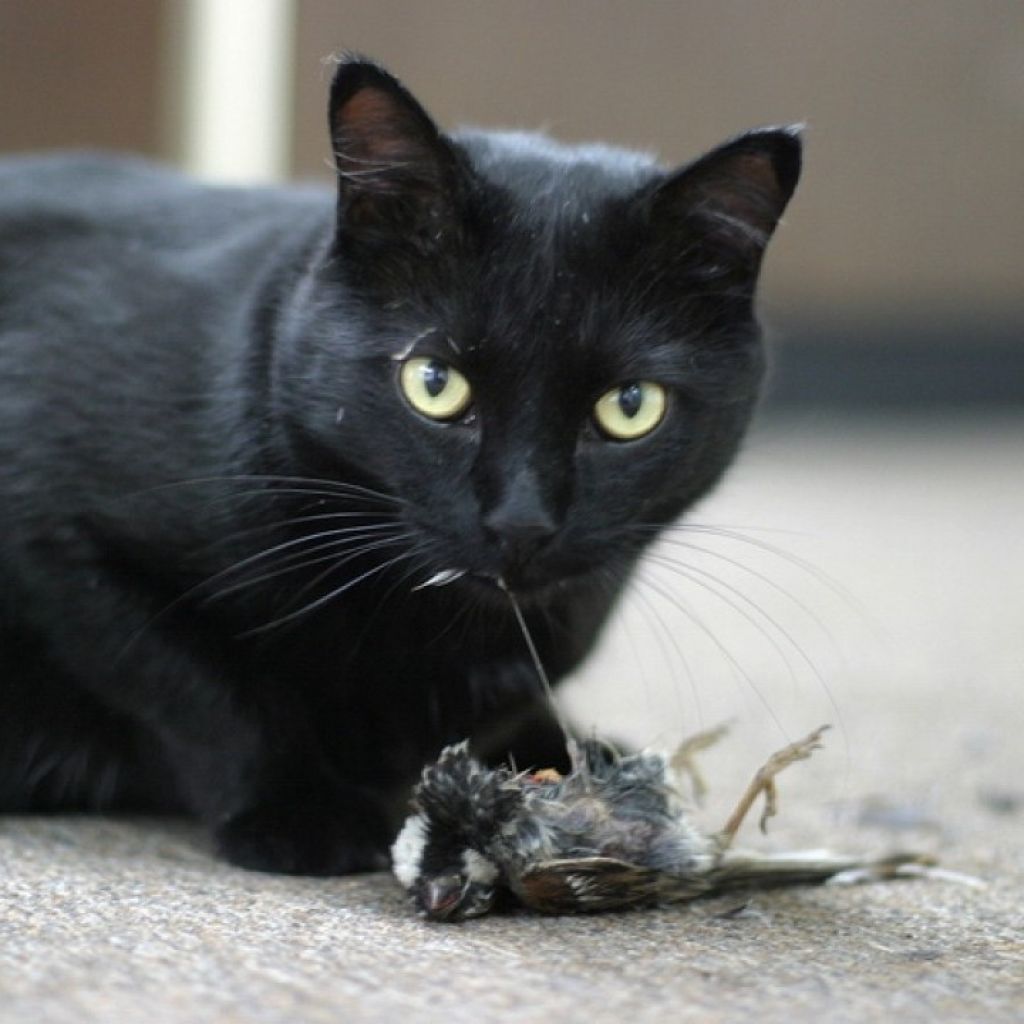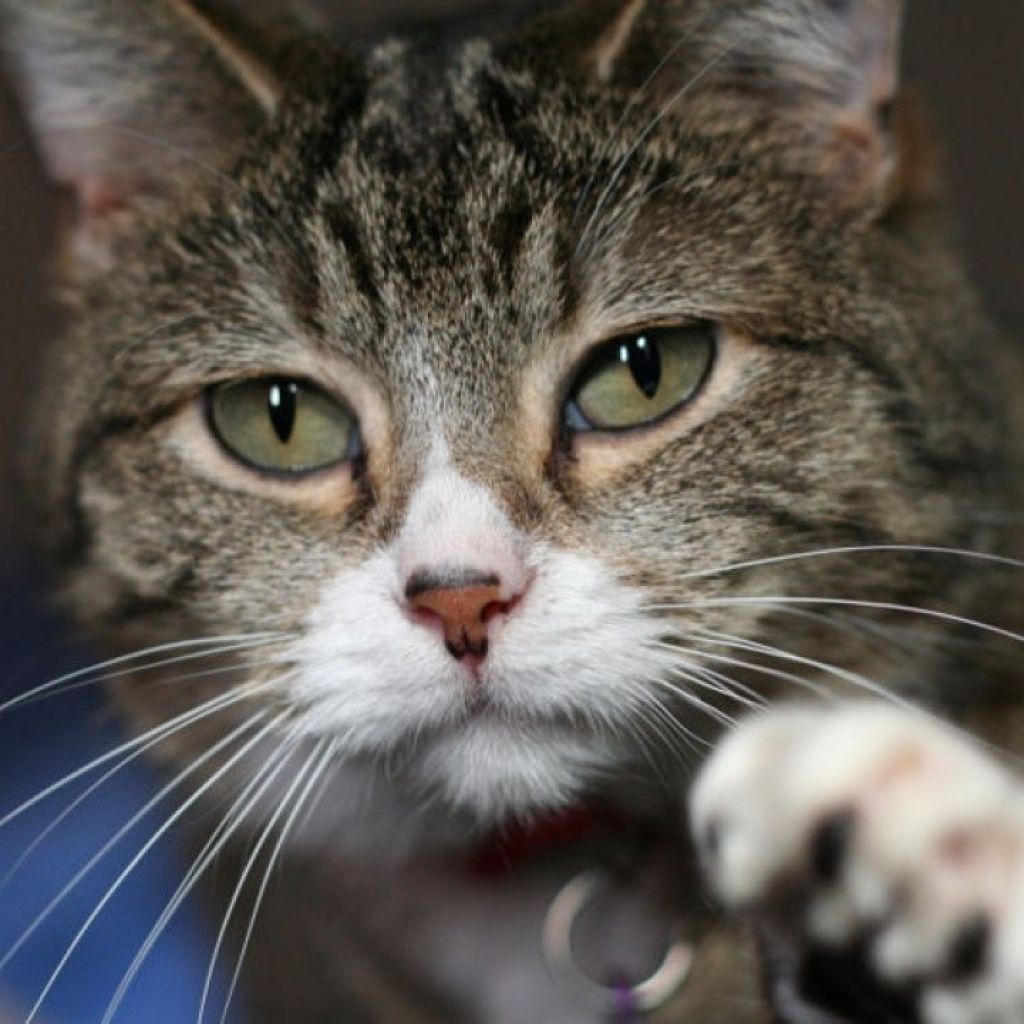Here kitty, kitty – a closer look at the evolution of cats

While the evolution of dogs is moderately simple in that most canine species share a common ancestor (the grey wolf), cats will no doubt be pleased to know that their ancestry is much more complex.
A research paper compiled by Dr Manabu Sakamoto and Dr Marcello Ruta, of the University of Bristol’s School of Earth Sciences, brings the study of cat skulls to the fore and provides evidence of modern cats’ early divergence from their sabre-toothed ancestors.
Dr Sakamoto and Dr Ruta studied the skull shape of extinct sabre-toothed cats, modern cats and prehistoric cats and investigated patterns of skull shape evolution across the cat family tree.
According to their research, modern cats diverged from sabre-toothed cats early on in their evolutionary history, and modern domestic cats similarly diverged from big cats early on in their evolution and then followed separate evolutionary trajectories.
From sabre-toothed to tabby: three evolutionary branches
Cat lovers can smile and nod in unison … Their furry favourites recently pipped dogs as the most popular urban pet.

First domesticated in Egypt around 5 000 years ago, the modern cat – or feline – appeared some 18-million years ago. Before that, about 20-million years ago, Proailarus existed, a small weasel-like cat species with short legs and a small body. And before that Pseudaelurus existed – which included the cat types we identify today as lynx and puma.
Modern day Felidae – the group to which domestic cats belong – has its roots in the ancient group of Pseudaelurus. From here the genus Felis gave rise to many of our small cat species, known as purring cats due to the structure of their throat – big cats can’t purr, they roar.
The ancestor of the modern Felis species, including domestic cats, was Felis attica, which appeared around 9-million years ago. Now extinct, fossil remains prove that Felis attica was a small, lynx-like cat, about the size of a modern bobcat but with a longer profile.
From Felis attica, the Felis species evolved to include the many types of modern cats, including the domestic cat’s common ancestor, the African wildcat.
Genetic evolution terminology
Felis catus, or the modern domestic cat, was first classified by Linnaeus in the tenth edition of his Systema Naturae in 1758.
Now regarded as another sub-species of the African wildcat, or Felis silvestris, domestic cats are sometimes referred to as Felis silvestris catus, the sub-species name.
Unlike dogs, cats have not undergone major changes as a result of domestication. Their behaviour, shape and form remains similar to their wild cousins, and domestic cats are – by and large – perfectly capable of surviving in the wild.
So how did they become the world’s most-loved pets?

There are two main theories about how cats became domesticated.
One line of theory states that the process was a deliberate one and that years ago humans intentionally tamed cats as useful predators of vermin. Any cat owner will agree that this theory isn’t entirely sound – taming a cat doesn’t mean it will listen to, or follow, any form of command. In fact, the job of ratting and killing vermin is probably best suited to a terrier, who will appreciate a biscuit or pat as reward.
The alternative domestication idea is that cats were simply tolerated by people, who didn’t disapprove of their occasional ratting and killing. Cats gradually adapted – genetically and in behaviour – and became more adept at infiltrating towns and then homes and before we knew it, they were creeping into our beds and stealing our hearts (and our bacon).
The next time you give your pet kitty a scratch behind the ear, consider the evolutionary path the Felis species has followed. From dense jungle to green forest, from outdoor wilderness to your garden, this complex species has charted an almost direct path that leads right onto your lap.